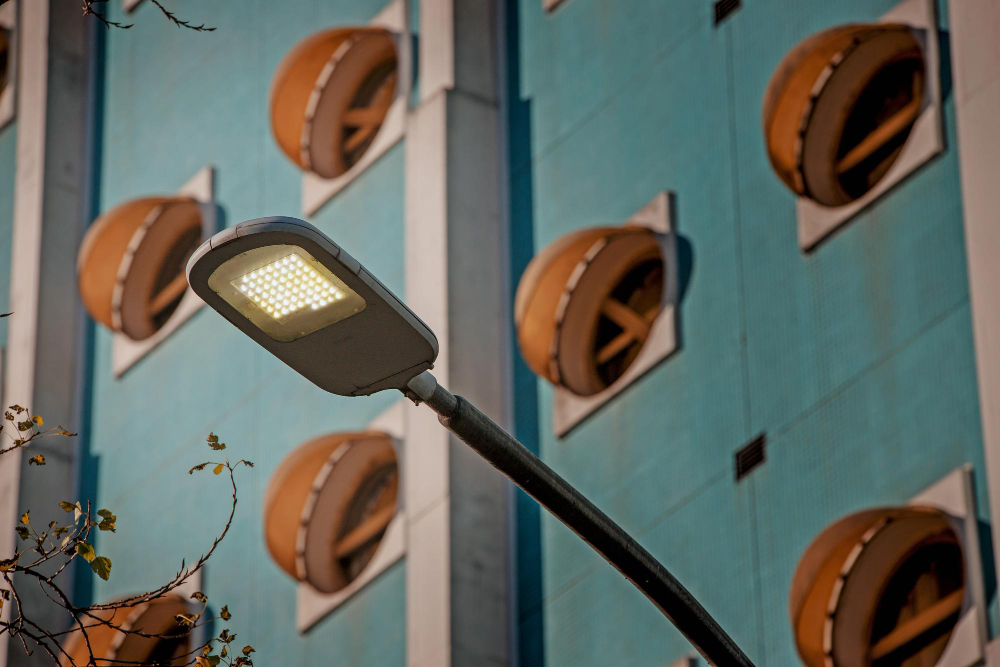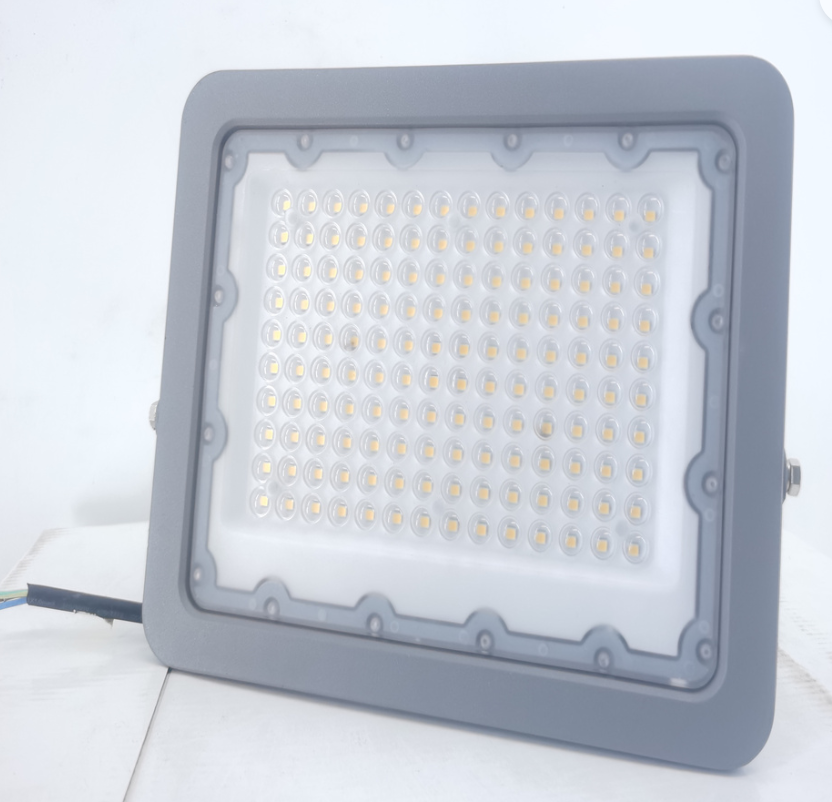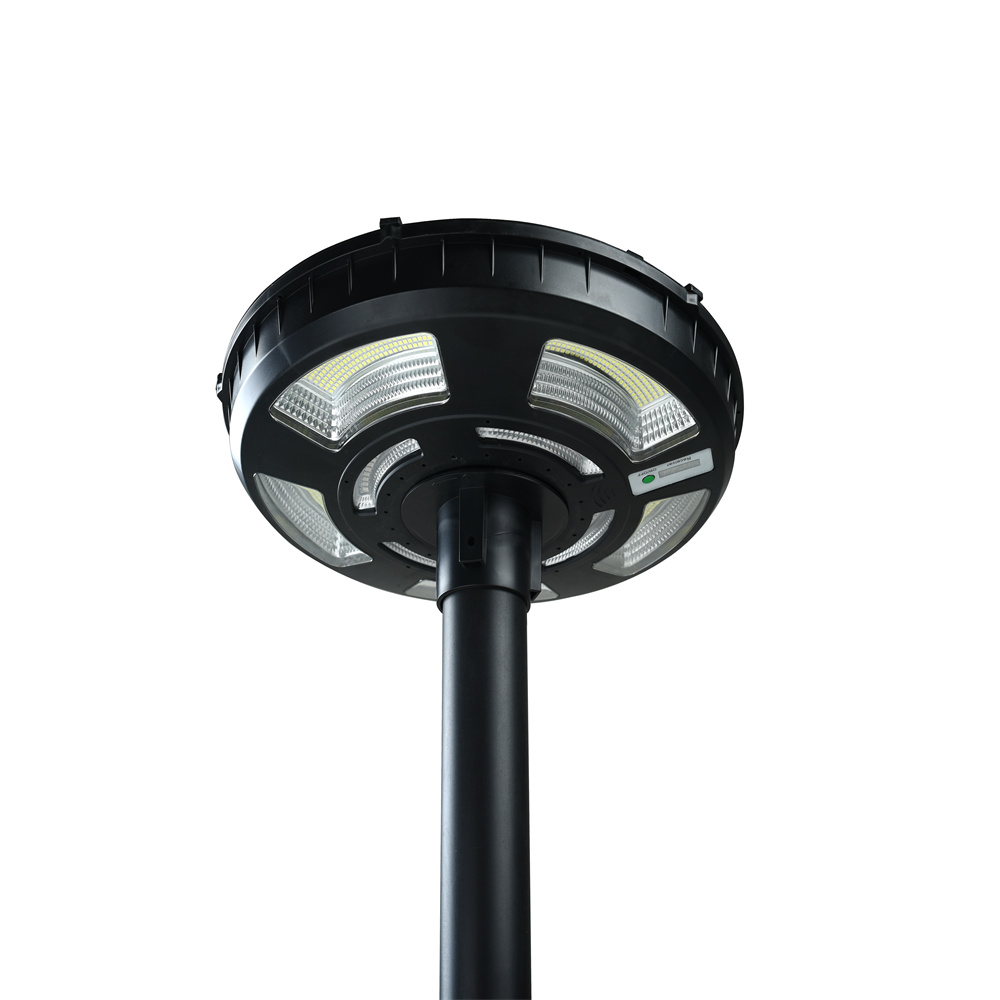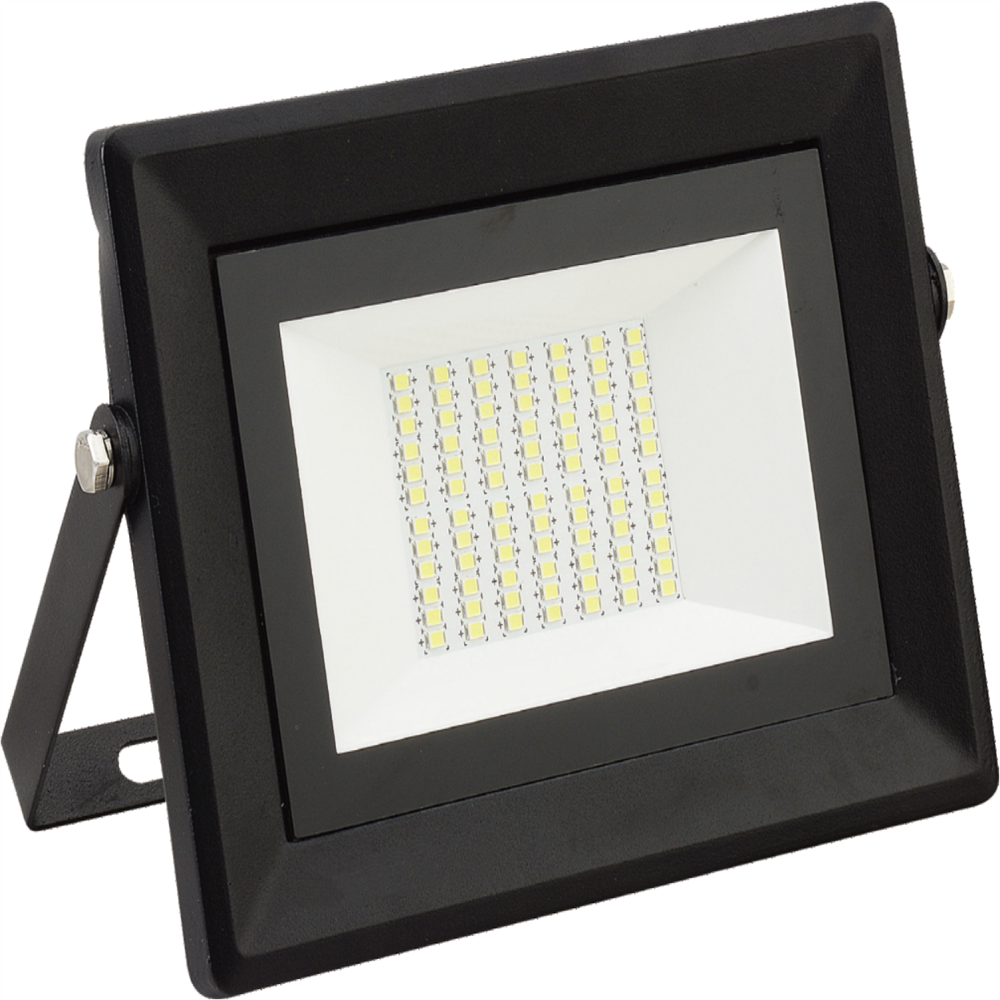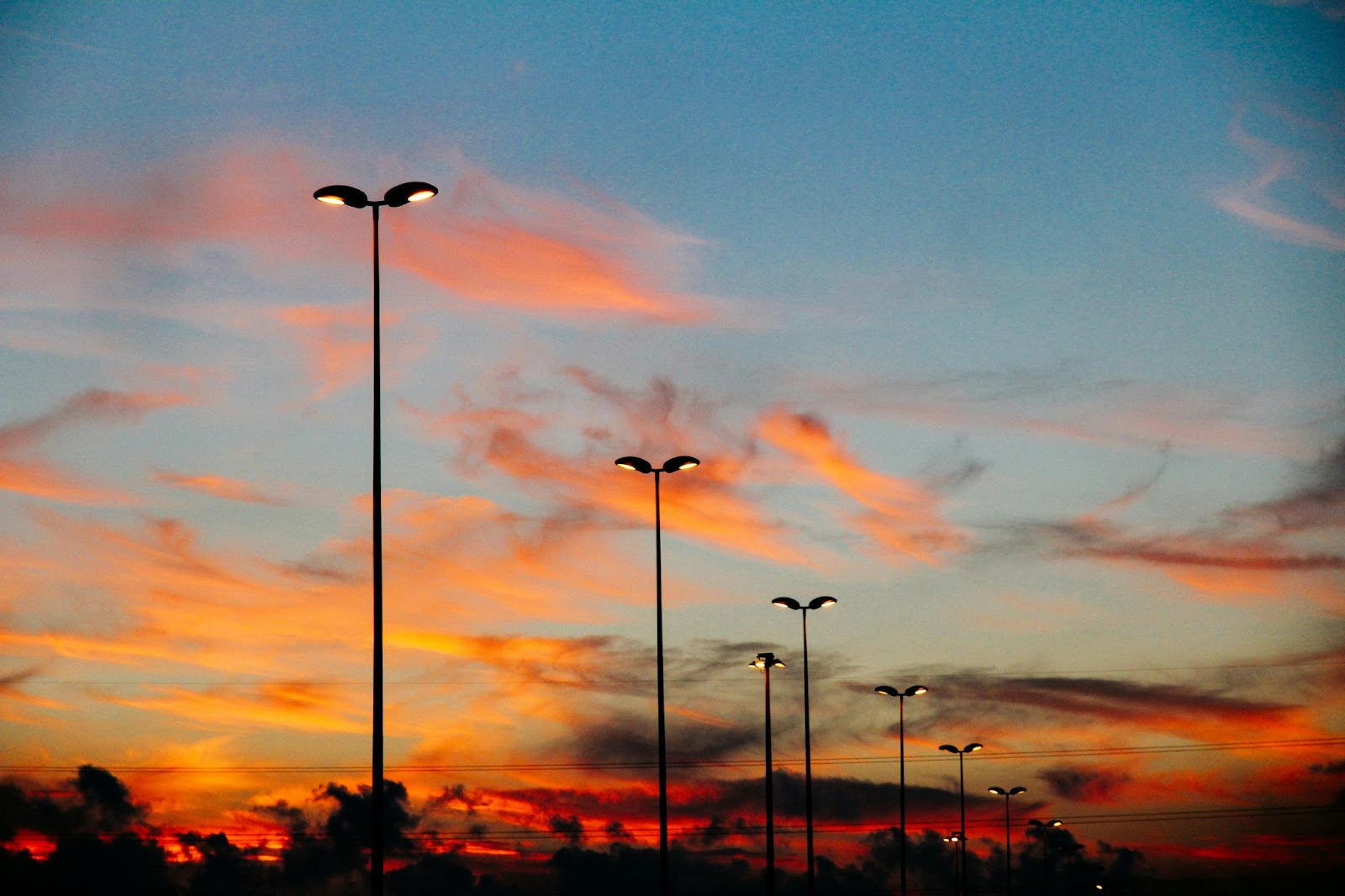Garden security lighting is an important asset for homeowners and properties, especially from providing illumination to alerting potential intruders. In this blog today, we discuss the various types of garden security lighting and some frequently asked questions regarding their technicalities. Let’s get started! Where should outdoor security lights be placed? Outdoor security lights should be […]
Garden security lighting is an important asset for homeowners and properties, especially from providing illumination to alerting potential intruders.
In this blog today, we discuss the various types of garden security lighting and some frequently asked questions regarding their technicalities.
Let’s get started!
Where should outdoor security lights be placed?
Outdoor security lights should be placed in an area that needs visibility. It can be on your patio, driveway, deck, or garage.
These areas are usually those with high foot traffic that needs sufficient lighting, especially during nighttime.
Types of Garden Security Lighting
Garden security lighting plays a crucial role in enhancing the safety and security of outdoor spaces, deterring intruders, and illuminating dark areas.
There are several types of garden security lighting available, each with its unique features, benefits, and drawbacks.
Floodlights
Floodlights are used when visibility and brighter illumination are required.
Unlike the usual lighting fixtures used in gardens, floodlights emit a wide, strong beam that is ideal for:
- Driveways.
- Entrances.
- Pathways.
Moreover, floodlights come in various types and wattage levels that fit your requirements.
Most of the time, you’ll see floodlights with built-in motion sensors.
This smart feature allows you to receive a warning when your lighting device detects movement in the garden.
Hence, alerting you of potential intruders.
Spotlights
Spotlights are focused lighting fixtures that emit a narrow beam of light.
These yard security lights are ideal for highlighting specific features or areas in the garden, such as:
- Trees.
- Shrubs.
- Architectural elements.
Moreover, spotlights provide accent lighting that adds depth and dimension to outdoor spaces while also serving as effective security lighting.
Furthermore, spotlights are available in various designs like adjustable fixtures that allow users to direct the light precisely where needed.
While spotlights offer versatility and aesthetic appeal, they may not provide sufficient coverage for larger garden areas.
If you want to use spotlights in your garden, you need to install more than one fixture to achieve adequate illumination.
Wall-mounted Lamps
Wall-mounted lamps are yard security light fixtures that are typically attached to exterior walls or structures.
This garden security lighting provides an ambient glow for garden spaces.
Wall-mounted lamps come in a variety of styles and designs, such as:
- Traditional lanterns.
- Modern sconces.
This allows homeowners to enhance the aesthetic appeal of their outdoor areas.
Moreover, wall-mounted lamps offer a practical solution for illuminating areas like:
- Pathways.
- Entrances.
- Outdoor seating areas.
However, they may require professional installation and wiring, which means expensive installation costs and more complex work.
Motion-sensing Lights
Motion-sensing lights are garden security lights that are equipped with motion sensors that detect movement within their radius.
When the lighting fixture recognizes movements, it automatically activates the lights.
This makes them an effective security measure because it helps alert homeowners to potential intruders.
Motion-sensing lights are commonly used and recommended in outdoor spaces, including:
- Gardens.
- Driveways.
- Pathways.
However, false alarms triggered by wildlife or passing vehicles may occur.
This can lead to unnecessary activations and potential disruptions.
Solar-powered Lights
Another type of garden security lighting is solar-powered lights.
Solar-powered lights harness energy from the sun and convert it to direct electricity to power the device.
These yard security lights are a sustainable and environmentally friendly lighting solution for your gardens.
They come in various designs, including:
- Path lights.
- Stake lights.
- String lights.
Moreover, solar-powered lights are easy to install and operate and do not require wiring or power supply.
This makes solar-powered security lights an ideal choice for remote or off-grid locations.
However, their performance may be affected by weather conditions and sunlight exposure, leading to inconsistent illumination levels.
Additionally, solar-powered lights may have limited runtime during cloudy days or winter months.
You may need backup lighting sources when these cases happen.
How many lumens do outdoor security lights need?
The best wattage for outdoor security lights primarily depends on how large your area is.
A bright security light (like floodlights) usually has a lumen of about 700 to 1300.
Meanwhile, garden security lights often have a lumen range of up to 2,000 for optimal visibility and illumination.
However, proper lighting placement is still one of the best tricks to optimize your security lights.
Key Takeaway
Garden security lighting is an essential fixture that can help you deter intruders at home by providing enhanced illumination to certain areas of your vicinity.
These yard security lights come in various types and lumens depending on your preferences and needs.





